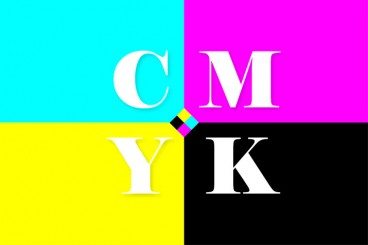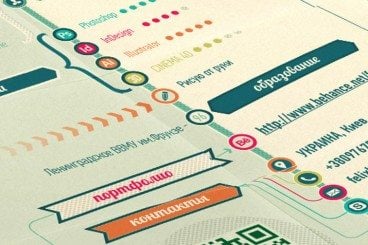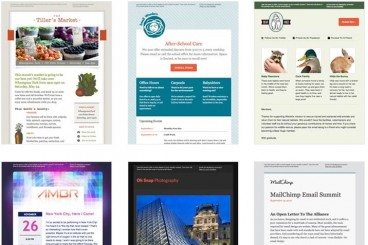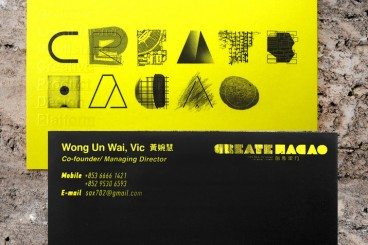
Business / 7 Nov 2013
Food-Based Web Design Tips to Make Visitors Hungry
It’s the same routine every date night: “where are we heading for dinner?” To the web we go, looking for restaurants around us that whet our appetites. And the places we always seem to hit after this dinner search are the locations with websites that just make us hungry.
Certain techniques, from color to photos to imagery, are common among the best food-based websites. These sites employ a specific strategy designed to make you hungry. Today we’ll look at how photography, colors, shapes, vivid copy and simple design are used to make mouths of website visitors water.










